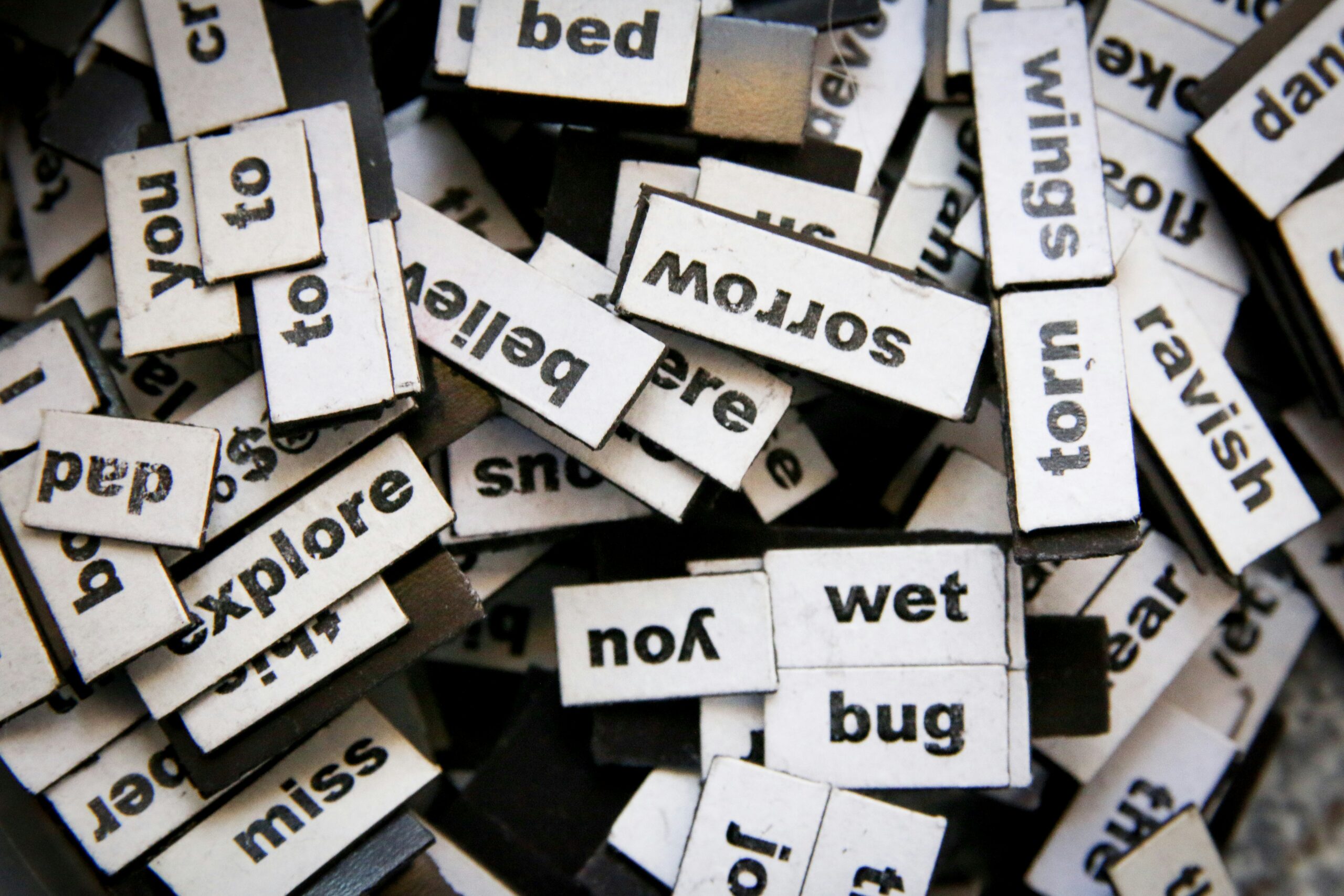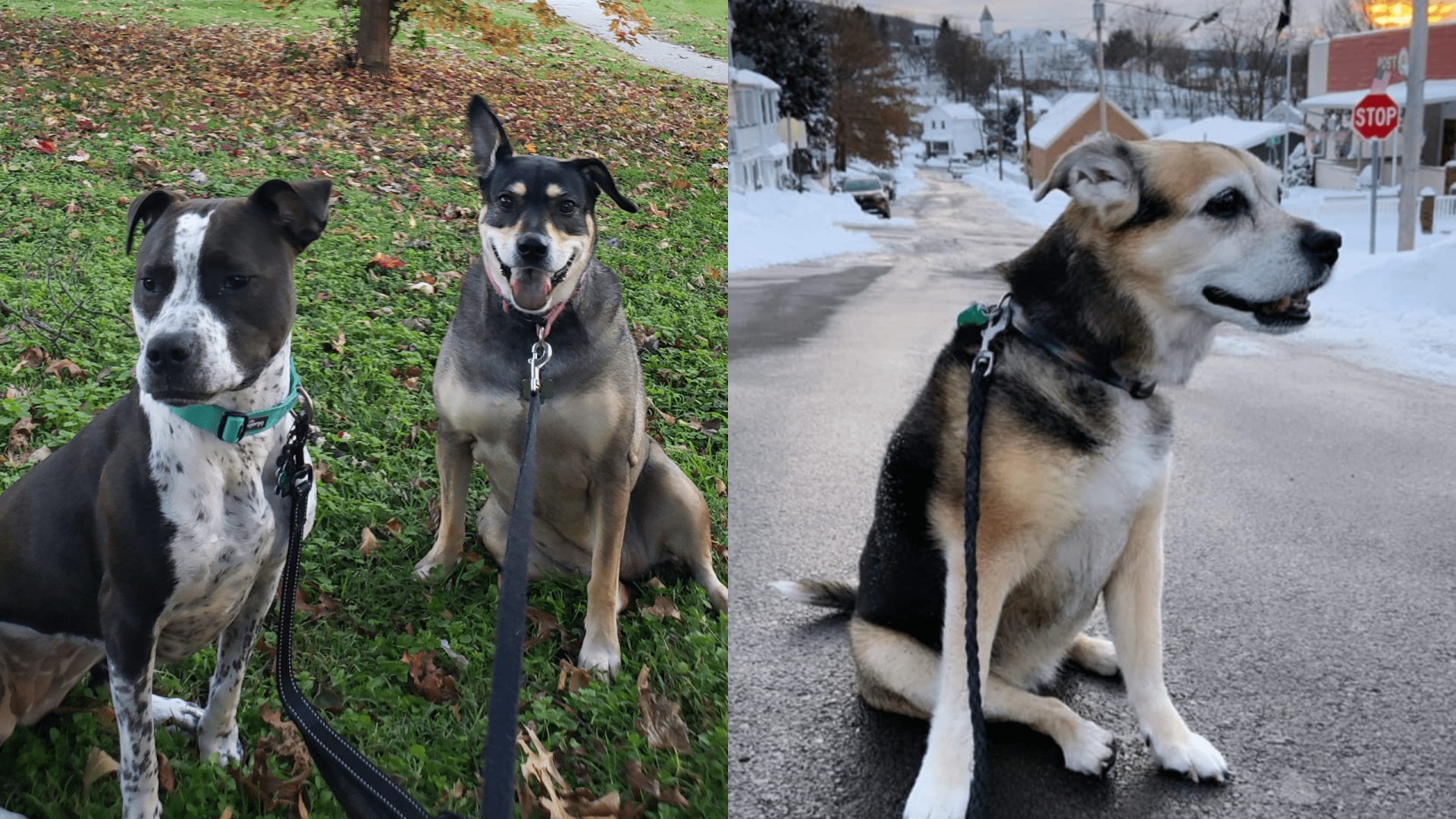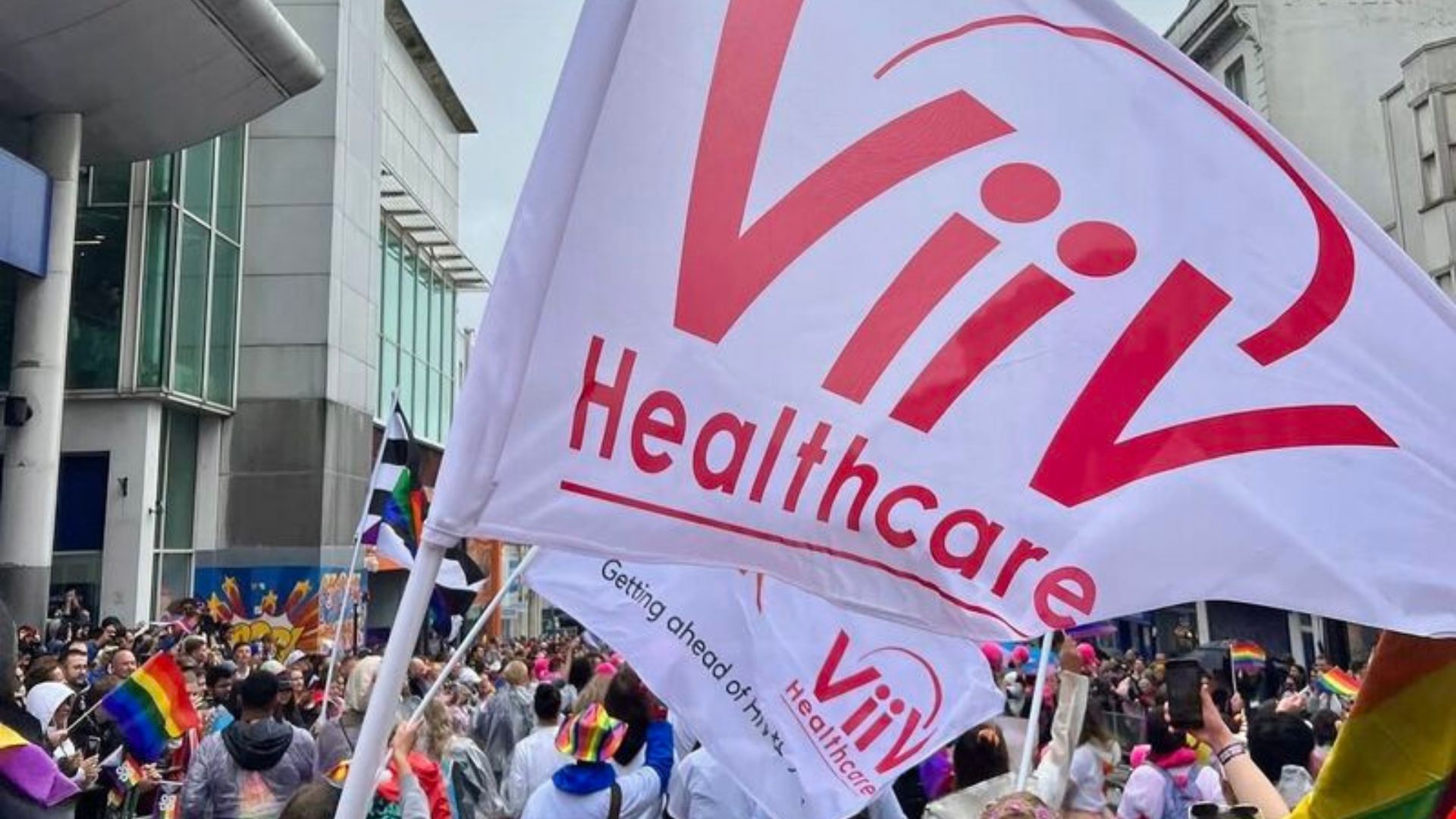“I
t is not enough for the reader of your words to be convinced,” writes Ta-Nehisi Coates in 2024’s The Message. “The goal is to haunt—to have them think about your words before bed, see them manifest in their dreams, tell their partner about them the next morning, to have them grab random people on the street, shake them and say, ‘Have you read this yet?’”
Perhaps like no other writer today, Coates knows a thing or two about haunting words. From South Carolina to Colorado, school boards and pressure groups have sought to exorcise his words from classroom syllabi and library stacks. Most famously, his 2015 Between the World and Me is charged and challenged for laying bare what it means to inhabit a Black body in contemporary America. The dark arts, apparently.
In this age of forbidden and disappearing words, one thing is clear: Words, when wielded well, hold extraordinary power.
In this age of forbidden and disappearing words, one thing is clear: Words, when wielded well, hold extraordinary power. Individually, they carry stories of their own—etymologies that ripple across centuries, bearing the weight of history, power, and social dynamics. Strung together, they illuminate human suffering and triumph, despair and hope, injustice and joy. And with the right amounts of passion and poetry, yes, they even haunt.
Last fall, Healthy Teen Network published Words Matter, a guide for using inclusive language in adolescent sexual and reproductive health. It is an invaluable resource. In it, my colleagues curate recommendations across far-reaching advocacy spaces, providing clear and practical how-tos for choosing language that is not only inclusive but also affirming, values-neutral, empowering, and unambiguous.
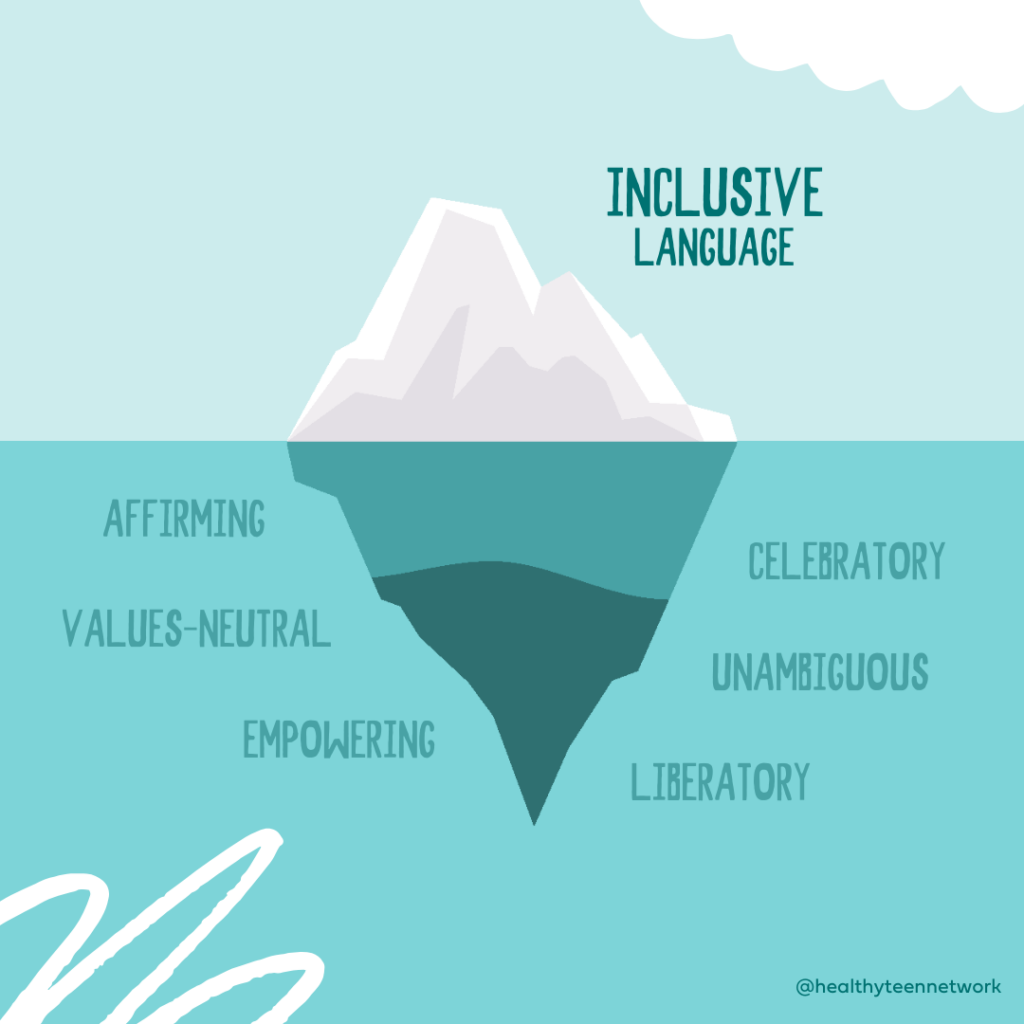
Now more than ever, our communities need to know that we are here for them. The words we choose to use—or choose not to use—may just change everything.
Words Matter helps us all—youth-supporting professionals who just want to get our words and writing right, answering the ever-present question, “Is it better to say it this way…or that way.” Despite it all, answers to that question haven’t changed much since last fall.
We hope you’ll make good use of this resource. Whether the words you curate are spoken in the company of young people or the professionals who support them, whether tailored to win hearts in fundraising proposals or campaigns, change minds with advocacy and advertising, or simply signal support and solidarity, Words Matter is for you.
What makes this guide so remarkable to me is its ambition. Words Matter is about so much more than choosing words that don’t offend. Lurking just beneath its 13 basic guidelines and numerous subject matter areas is a bold challenge to frame thoughts and ideas in ways empower people—with words, tones, and style that’s inclusive, affirming, celebratory, empowering, and liberatory.
To bring out these visionary and resonant aims, I’d like to offer a supplemental graphic to accompany Words Matter—a figure that positions “inclusive language” as foundational and builds upward, recasting some of its recommendations as building blocks toward lasting, transformational change:
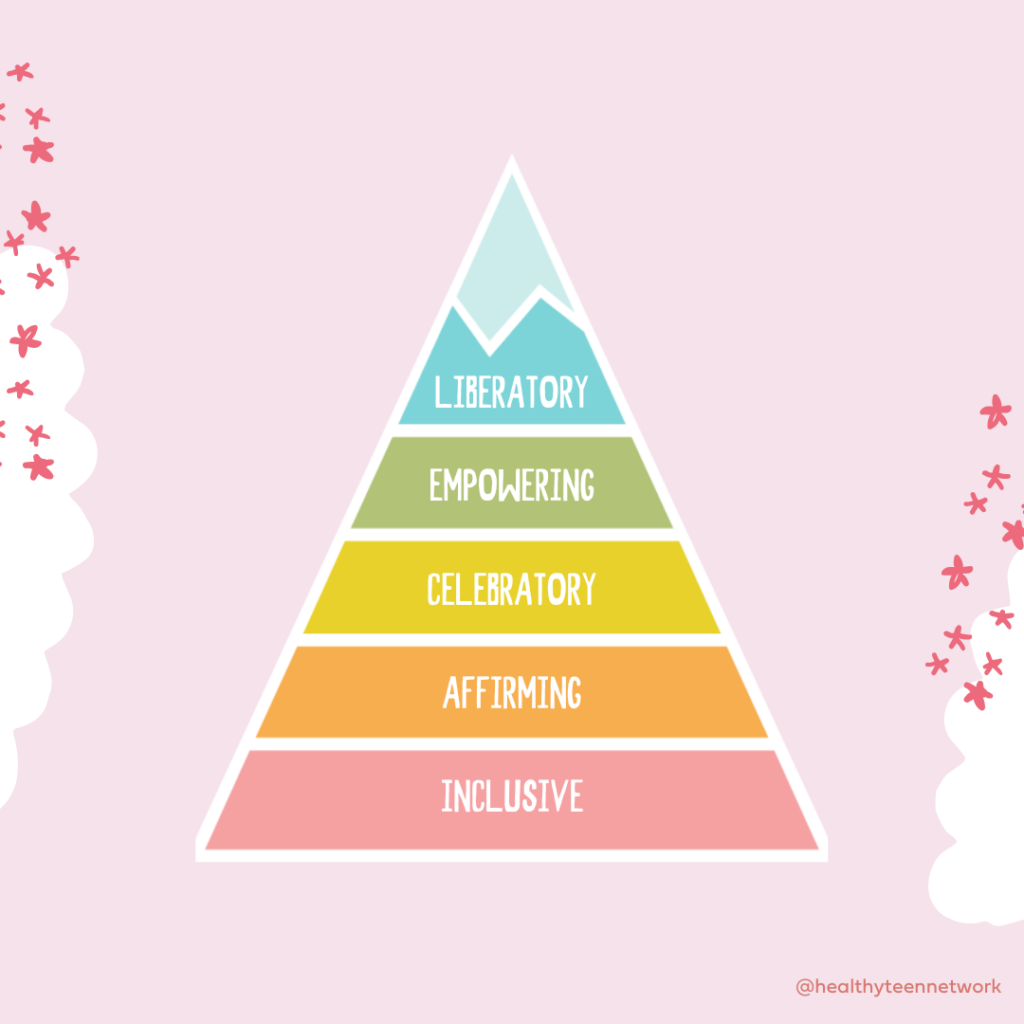
Inclusive language ensures no one is excluded or erased.
Tips for using language that includes:
- Use phrases like all genders instead of both genders and pregnant people instead of pregnant women to ensure all people, in particular trans people, are included in your language.
- Use appropriate specificity to ensure identities are not erased in your language. Consider, for example, whether you are speaking about the whole LGBTQ+ community or identities or experiences within it. Similarly, consider whether BIPOC is appropriate or whether you are speaking about particular identities or experiences, like South Asian or Sri Lankan.
Affirming language validates identities and lived experiences.
Tips for using language that affirms:
- Use the words and phrases that people use to describe themselves. For example, I’ll describe my identity as gay or queer, but I don’t use these words interchangeably. For me, they have distinct connotations and are situational. Others may use both, one, or none of these words. When describing people, it’s often best to what they use.
- Barring some exceptions, use people-first language, especially when describing conditions, situations, or circumstances not central who people are. For example, use a person who is incarcerated over a prisoner to more accurately reflect the nature of imprisonment.
Celebratory language highlights difference, strengths, and abilities with equity.
Tips for using language that celebrates:
- When appropriate, use words and phrases that focus on assets and abilities, such as a child who uses a communication device rather than a child who is non-verbal.
- Disrupt risk reduction and prevention points-of-view with language on strengths, by, for example, centering neurodivergent superpowers or the innovative potential of LGBTQ+ or BIPOC young people experiencing homelessness—even and especially in grant proposals and fundraising campaigns demonstrating need.
Empowering language demonstrates agency, resilience, and self-determination.
Tips for using language that empowers:
- Use healing-centered language that emphasizes an individual’s ability to move forward and have or regain control—and be honest about your organization’s role in that journey. For example, use a person living with cancer instead of cancer victim. Likewise, avoid casting your organization as the “savior.”
- Be on the lookout for restrictive, values-laden language, especially related to sexual behavior. For example, the phrases unsafe sex and unprotected sex are often perceived as holding judgement; consider phrases like sex without a condom instead.
Liberatory language challenges oppressive systems and stereotypes and redefines narratives.
Tips for using language that advances liberation:
- Use active voice and unambiguously name systems of oppression, whether human, institutional, or cultural. For example, instead of “hospitals are affected by systemic racism,” try the more specific and active, “the American healthcare system has perpetuated systemic racism and anti-fat discrimination though biased practices including the Body Mass Index (BMI) system.”
- Practice dignified storytelling by embracing complexity, nuance, and authenticity in real-life stories, challenging stereotypes and predictable narratives.
Words Matter presents many of these tips and so many others across 11 useful subject matter areas—areas like Ability and Disability; Ethnicity Race, and Nationality; Socioeconomic Status; Engagement with Systems of Care; and more. This ambitious guide is a practical starting point to help you navigate the complexities and contradictions of language in adolescent health. We hope you’ll make use of it.
After all, it is not enough for the reader of your words to be merely included. The goal, perhaps, is also to affirm, celebrate, empower—and even to liberate.
If that’s the case for you, as it is for many of us in adolescent health, then Words Matter may just be your guide.
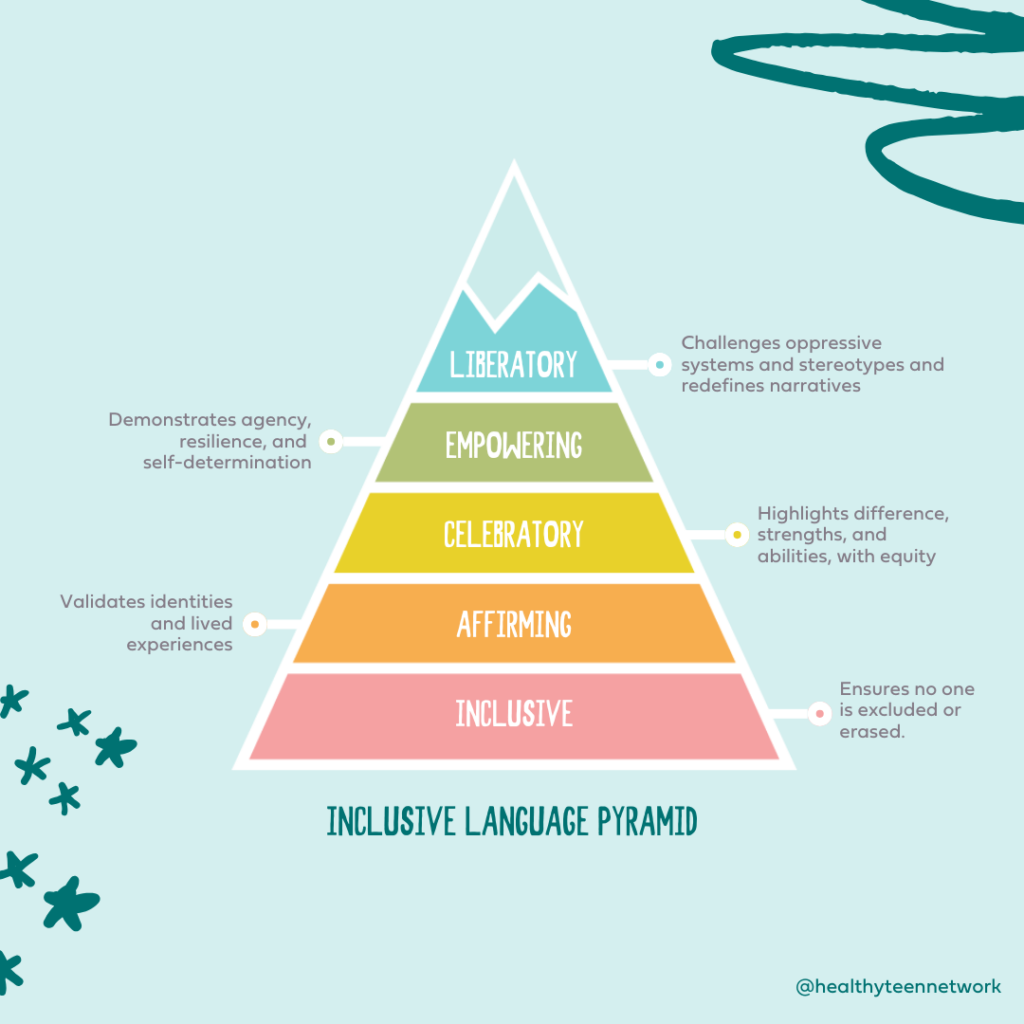
PHOTO BY: GLEN CARRIE
Nicholas Sufrinko is a Creative Direction and Product Design Manager at Healthy Teen Network and is the brand and creative lead behind many of our projects. You can often find him hiking, biking, or stargazing. Read more about Nick.

